 When walking through the grocery store and picking up a bag of flour or sugar, you’ve probably never thought about the process that it took to get these items packaged. The small particle size of these materials requires specialized handling to ensure there is minimal damage or loss, which is called pneumatic conveying.
When walking through the grocery store and picking up a bag of flour or sugar, you’ve probably never thought about the process that it took to get these items packaged. The small particle size of these materials requires specialized handling to ensure there is minimal damage or loss, which is called pneumatic conveying.
A pneumatic conveying system works by moving the material through an enclosed conveyor line using a combination of pressure differential and the flow of air (or another gas) from a blower or fan. Pneumatic conveying systems can be used to transport cement, starch, sugar, salt, polymers, plastic powder, and other powdered/granular bulk materials. The two most common forms of pneumatic conveying systems are dilute phase and dense phase.
Continue reading “An Introduction to Pneumatic Conveying”
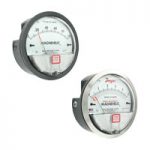

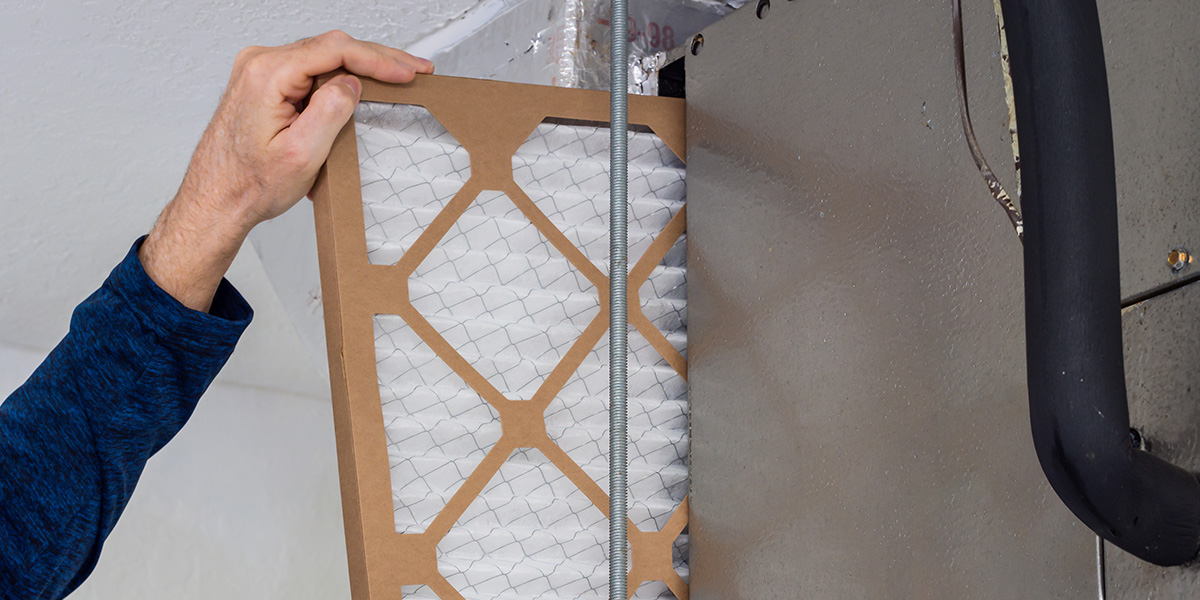
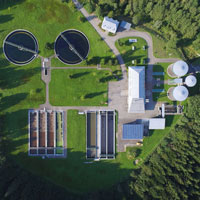
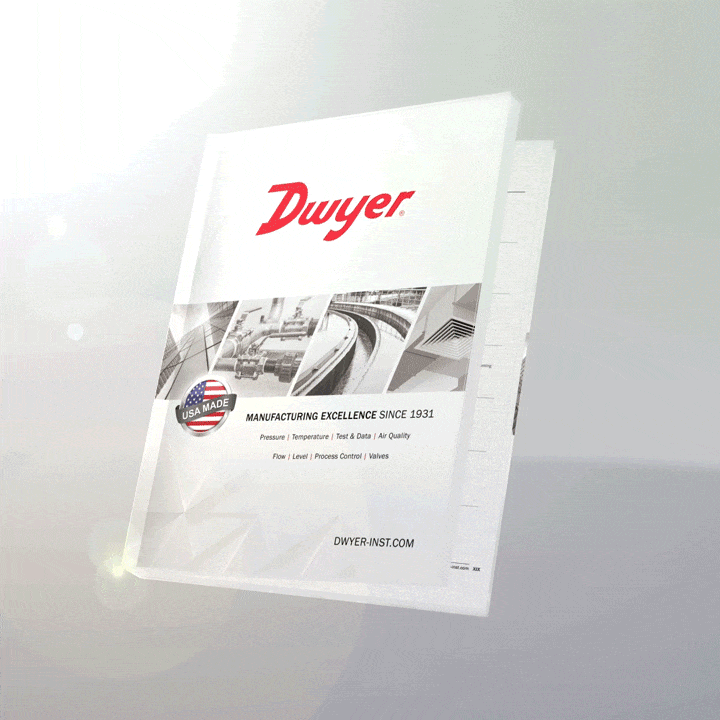
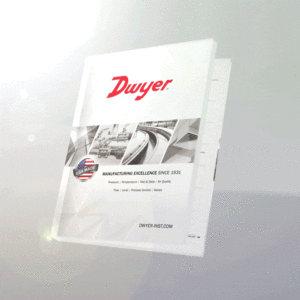 The summer is always a busy time for our team, as we check and double check the formatting and information of our annual instrumentation catalog. Now that autumn is here, we’re proud to announce that the new Dwyer Catalog is now available!
The summer is always a busy time for our team, as we check and double check the formatting and information of our annual instrumentation catalog. Now that autumn is here, we’re proud to announce that the new Dwyer Catalog is now available! 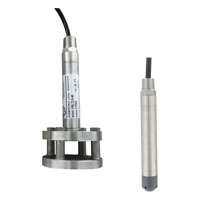
 “I need it yesterday.” This idiom is a typical answer to a very common question in the manufacturing world: “When do you need this?”
“I need it yesterday.” This idiom is a typical answer to a very common question in the manufacturing world: “When do you need this?”